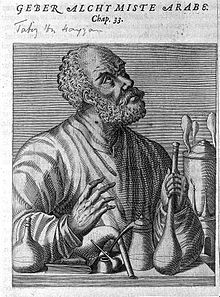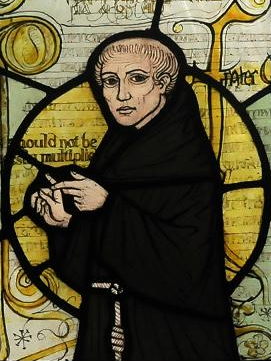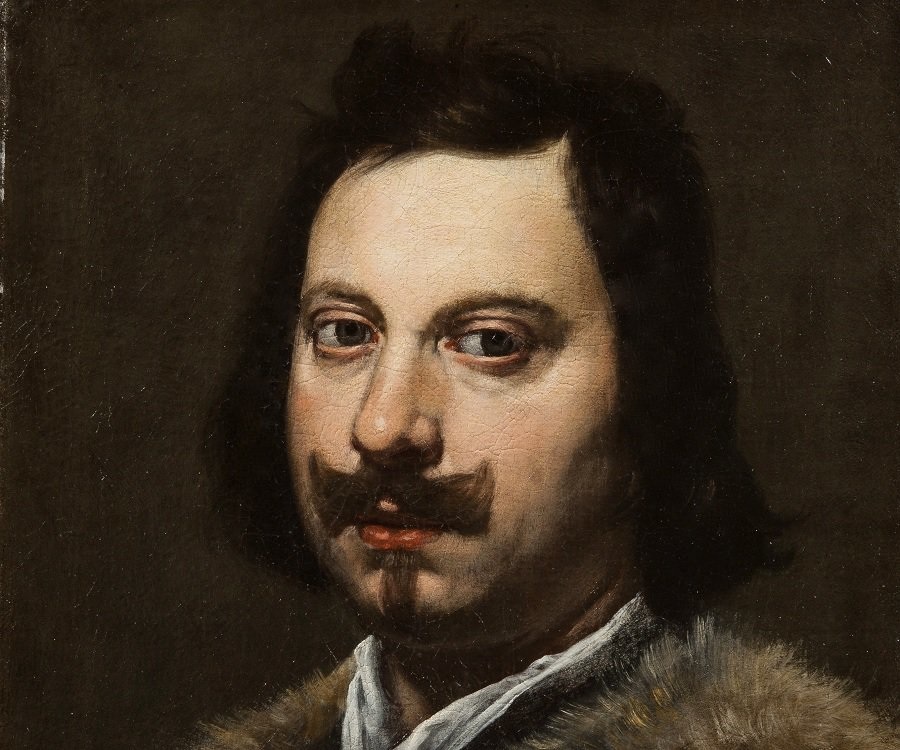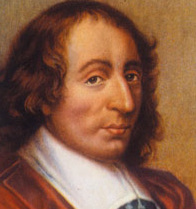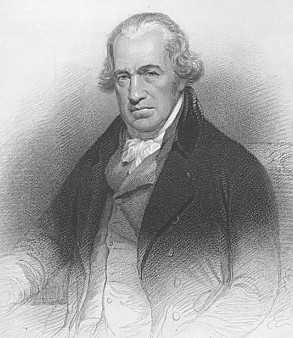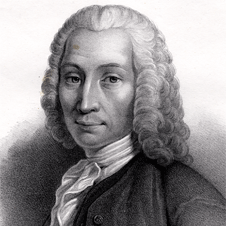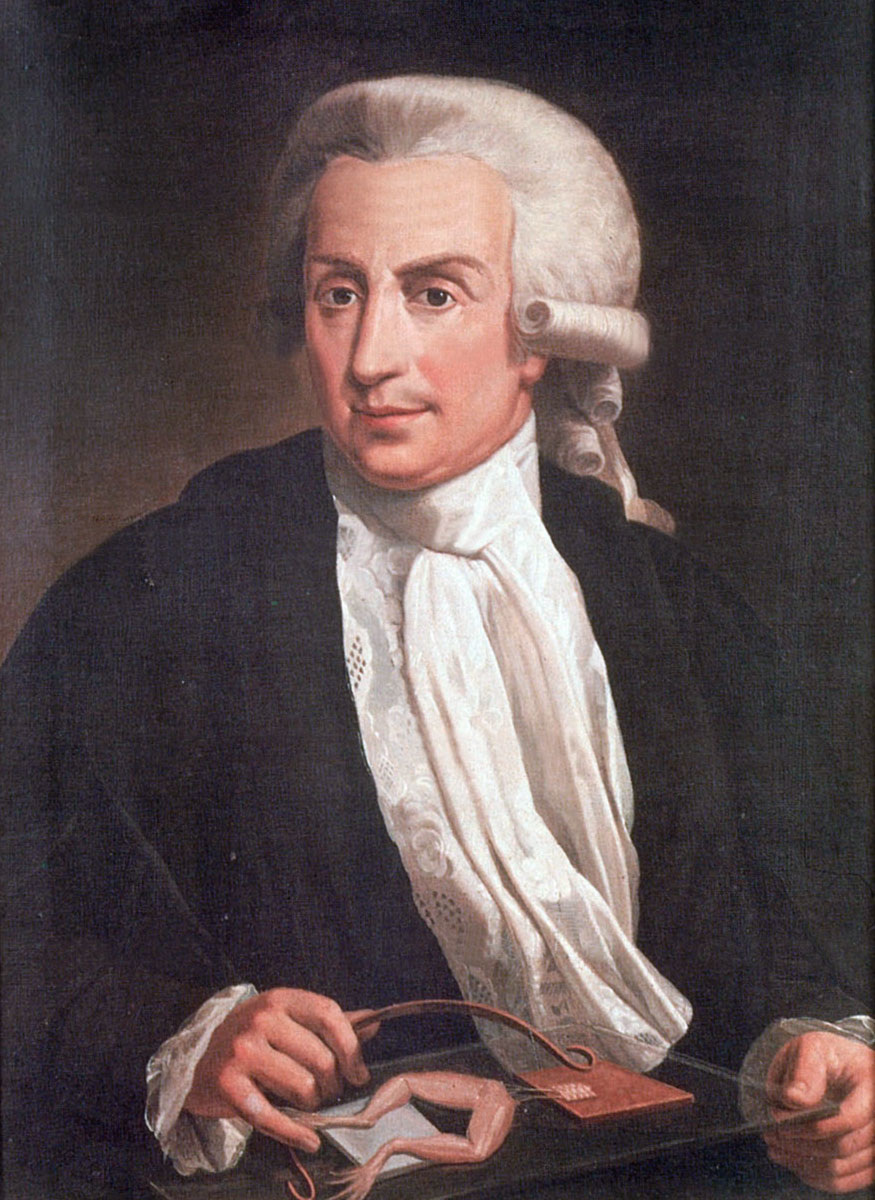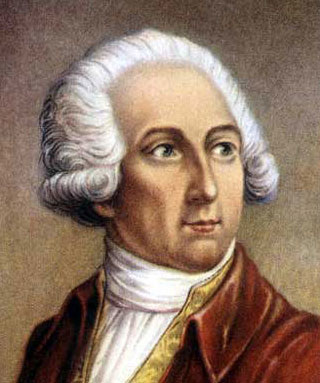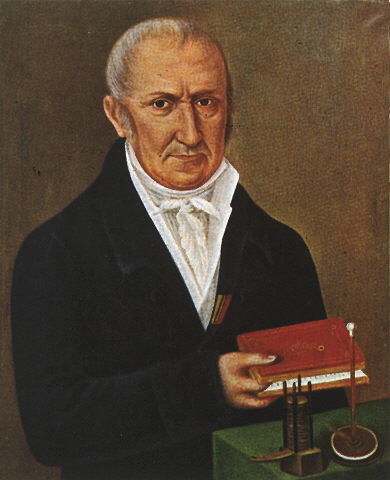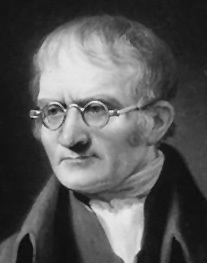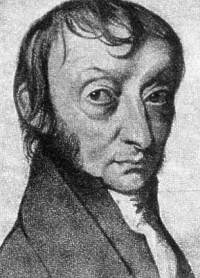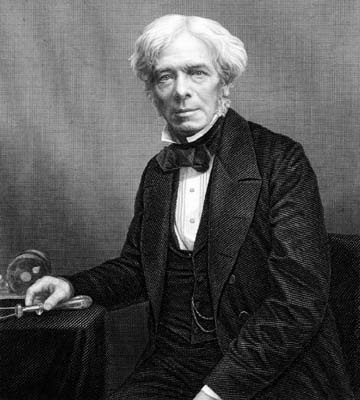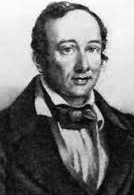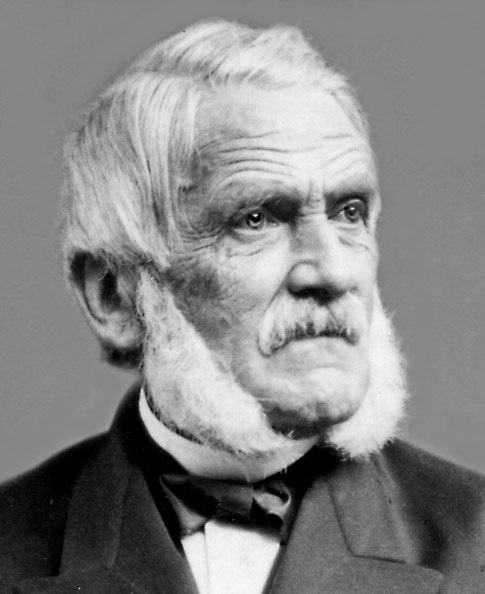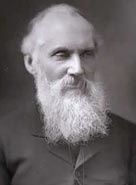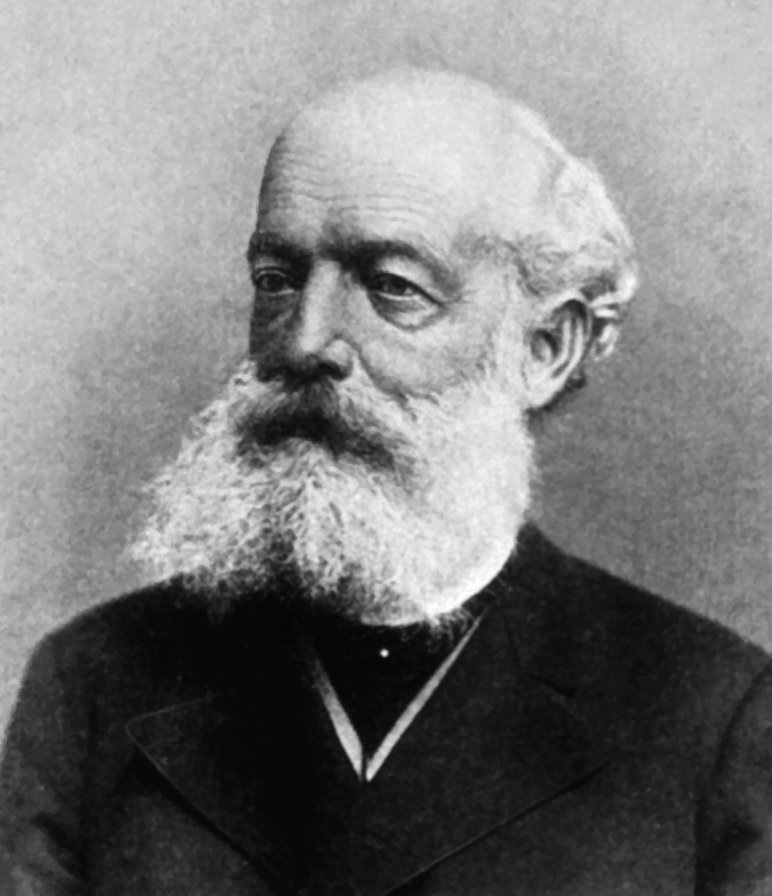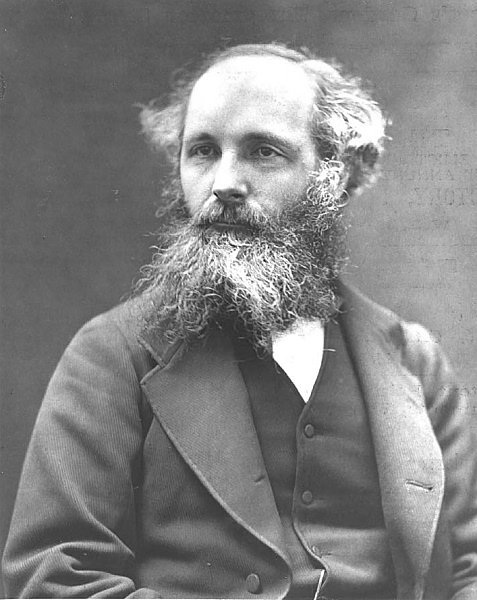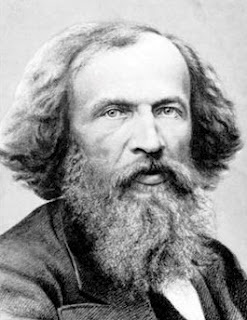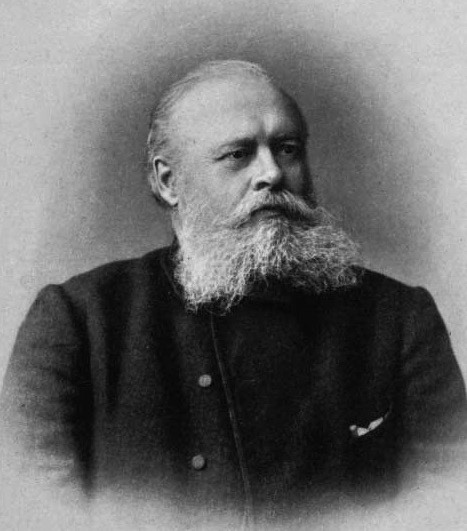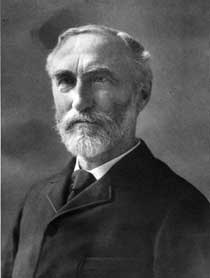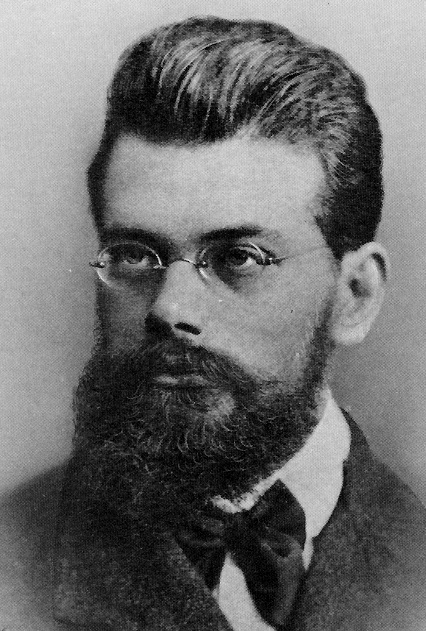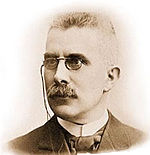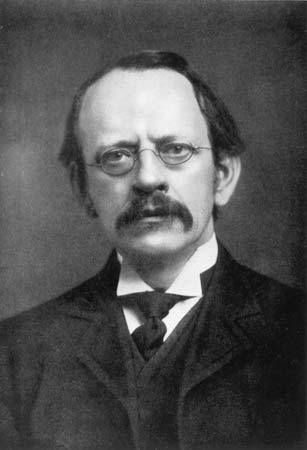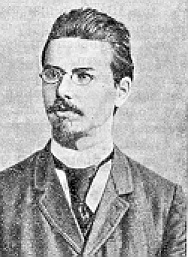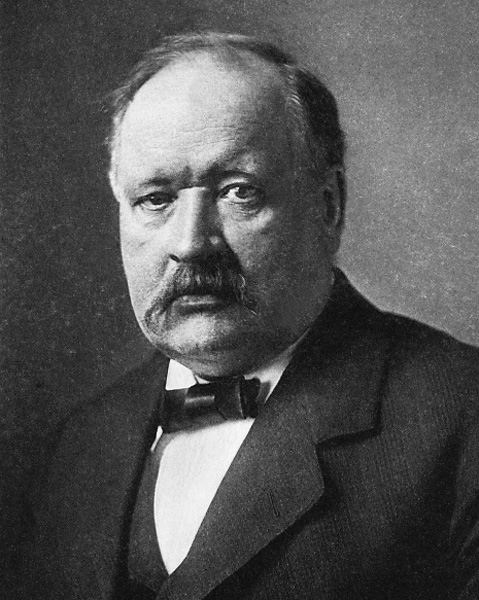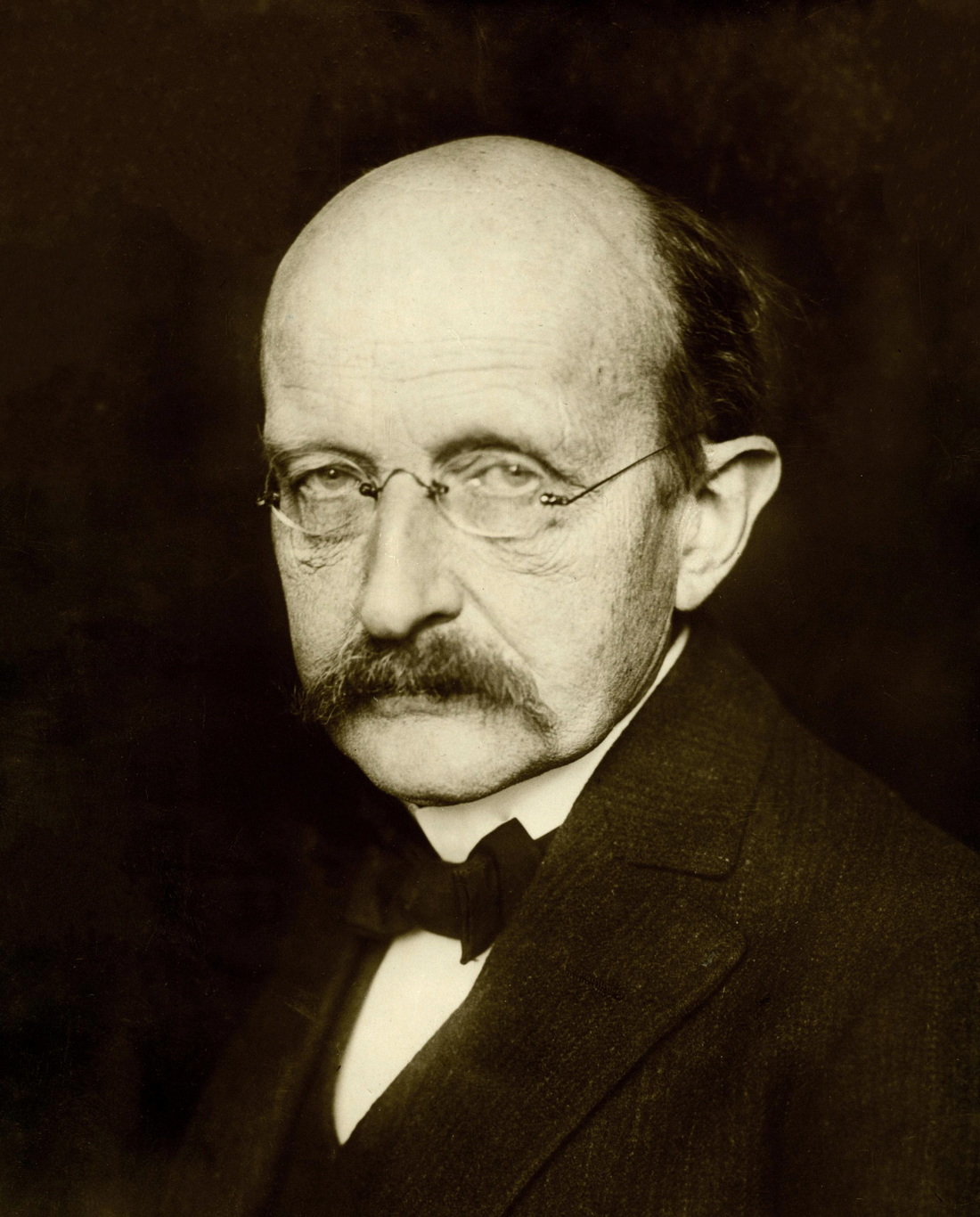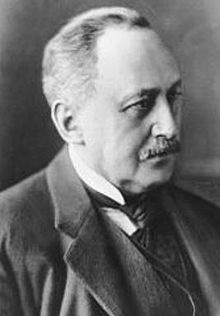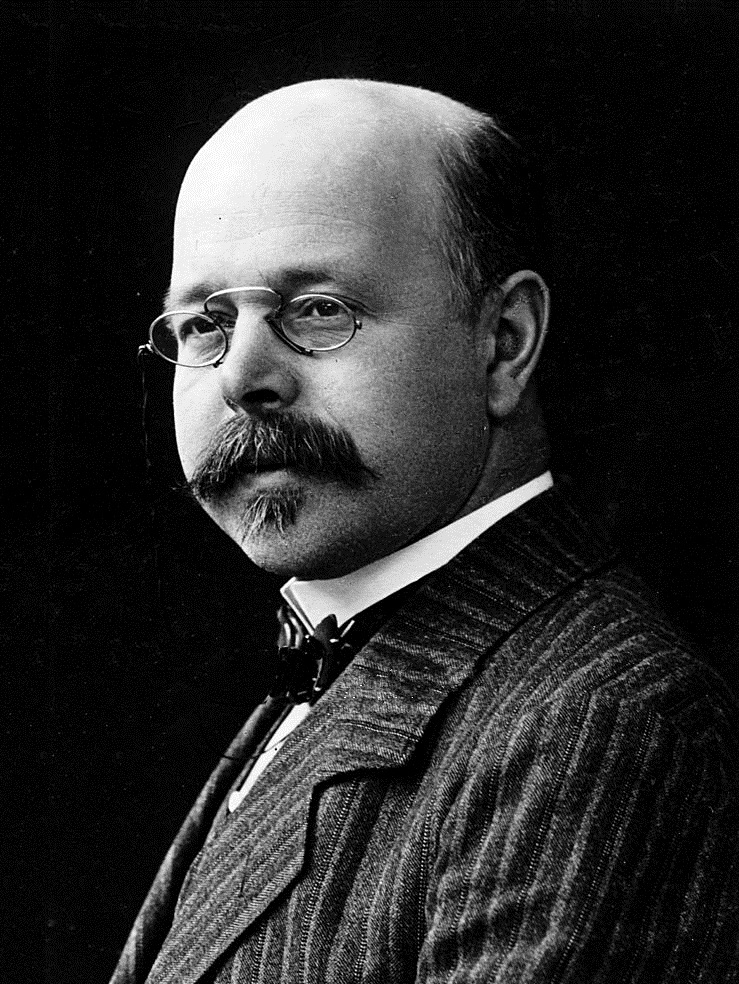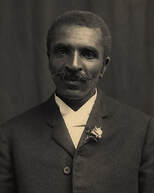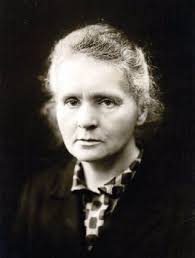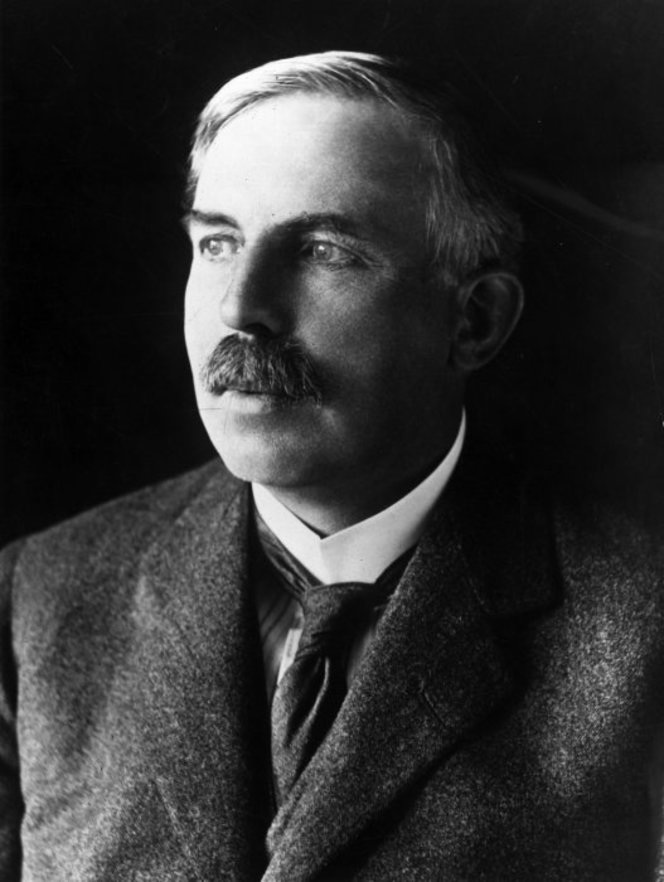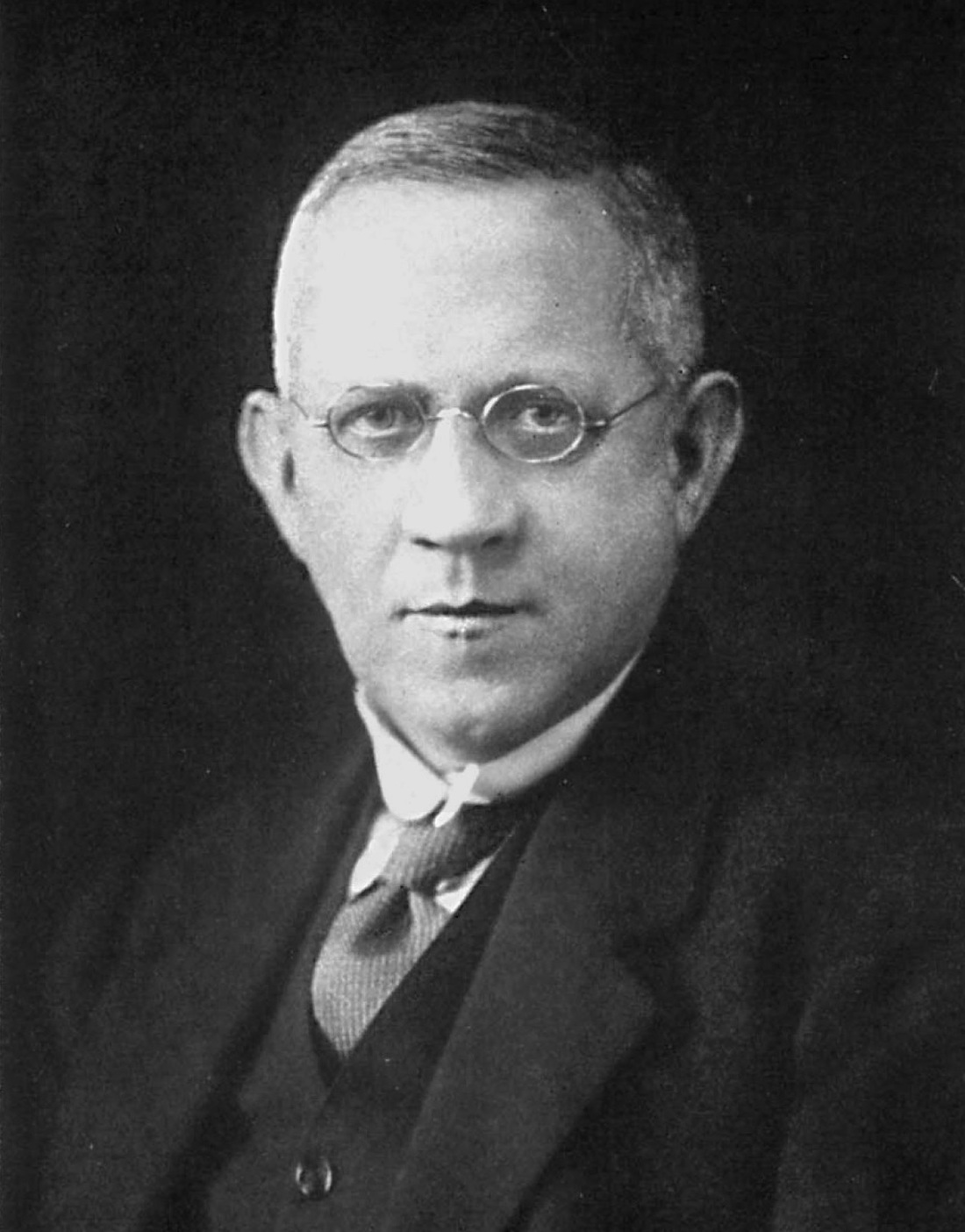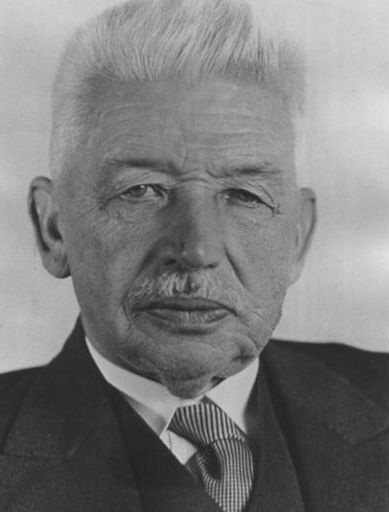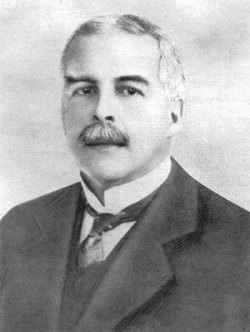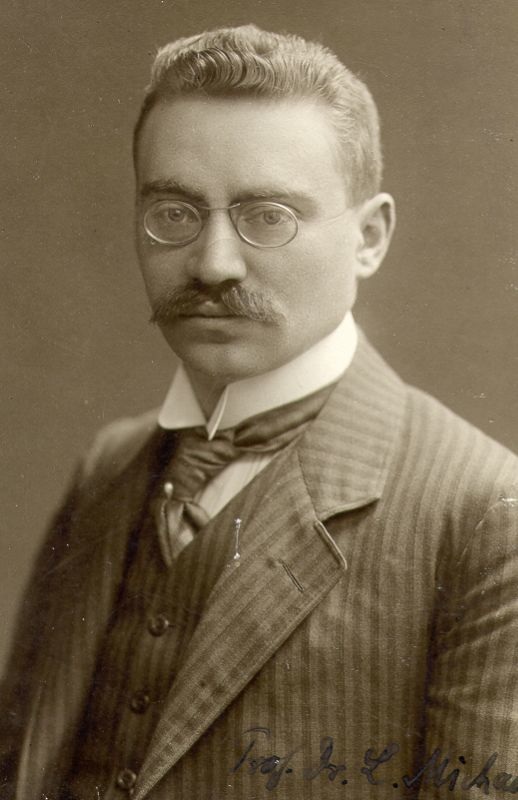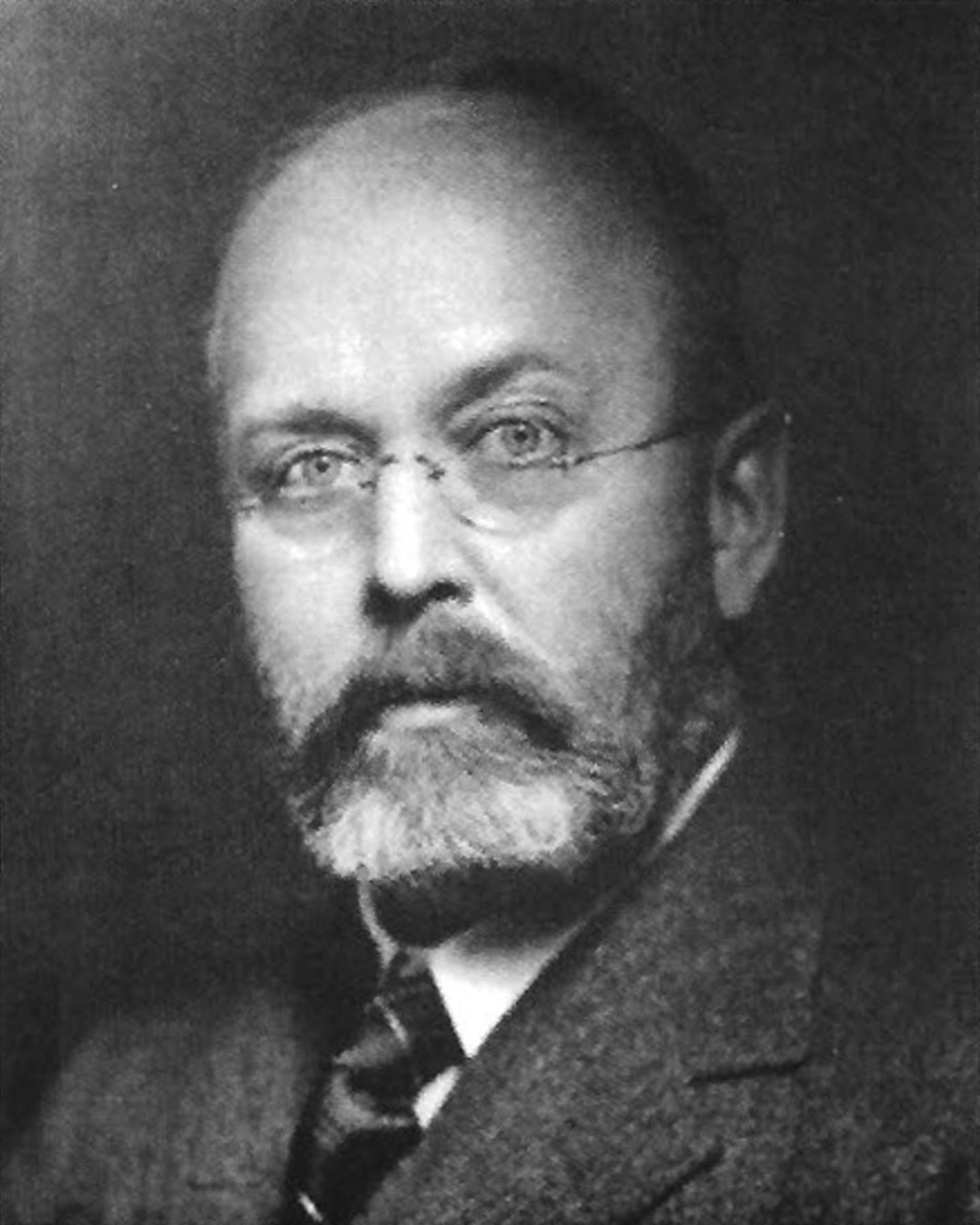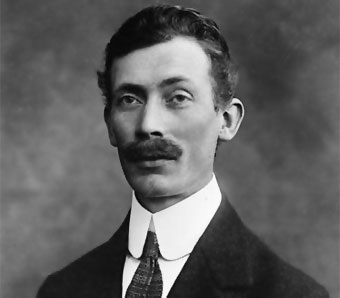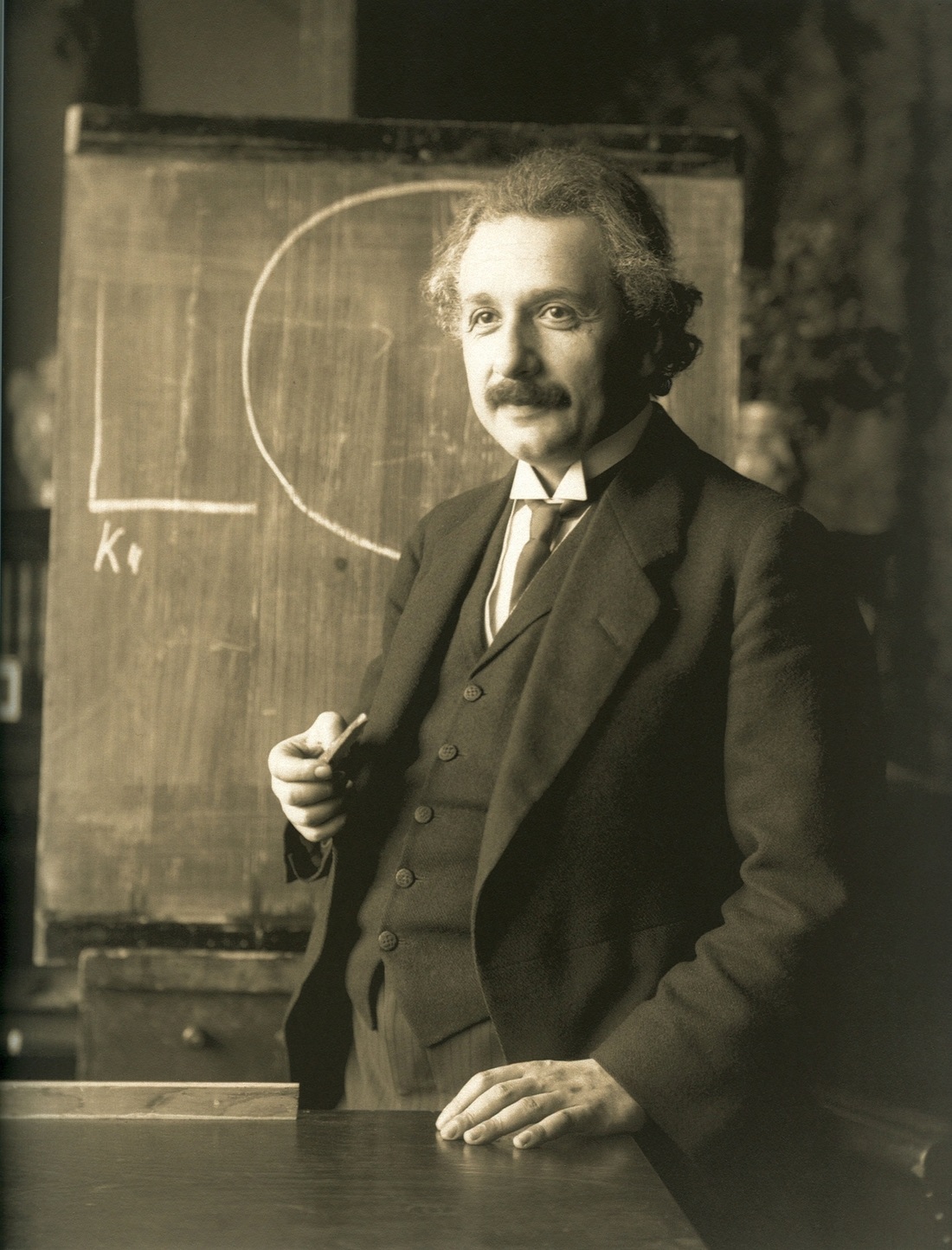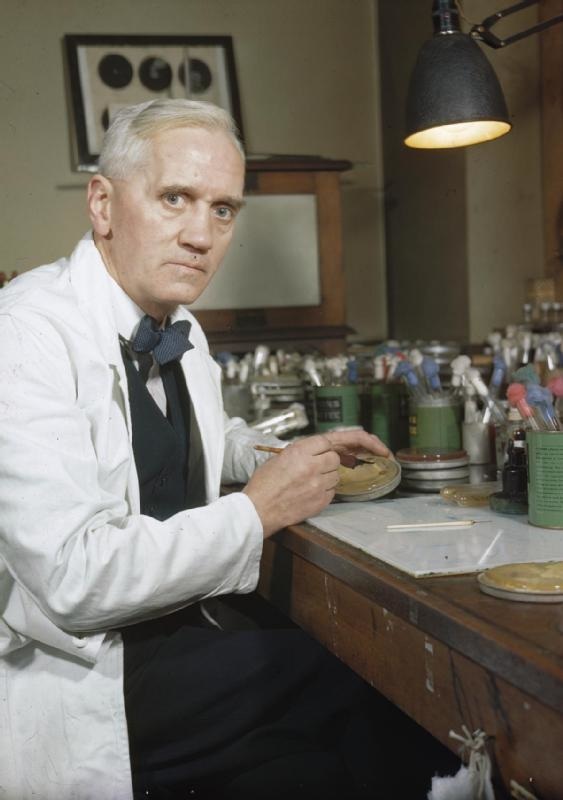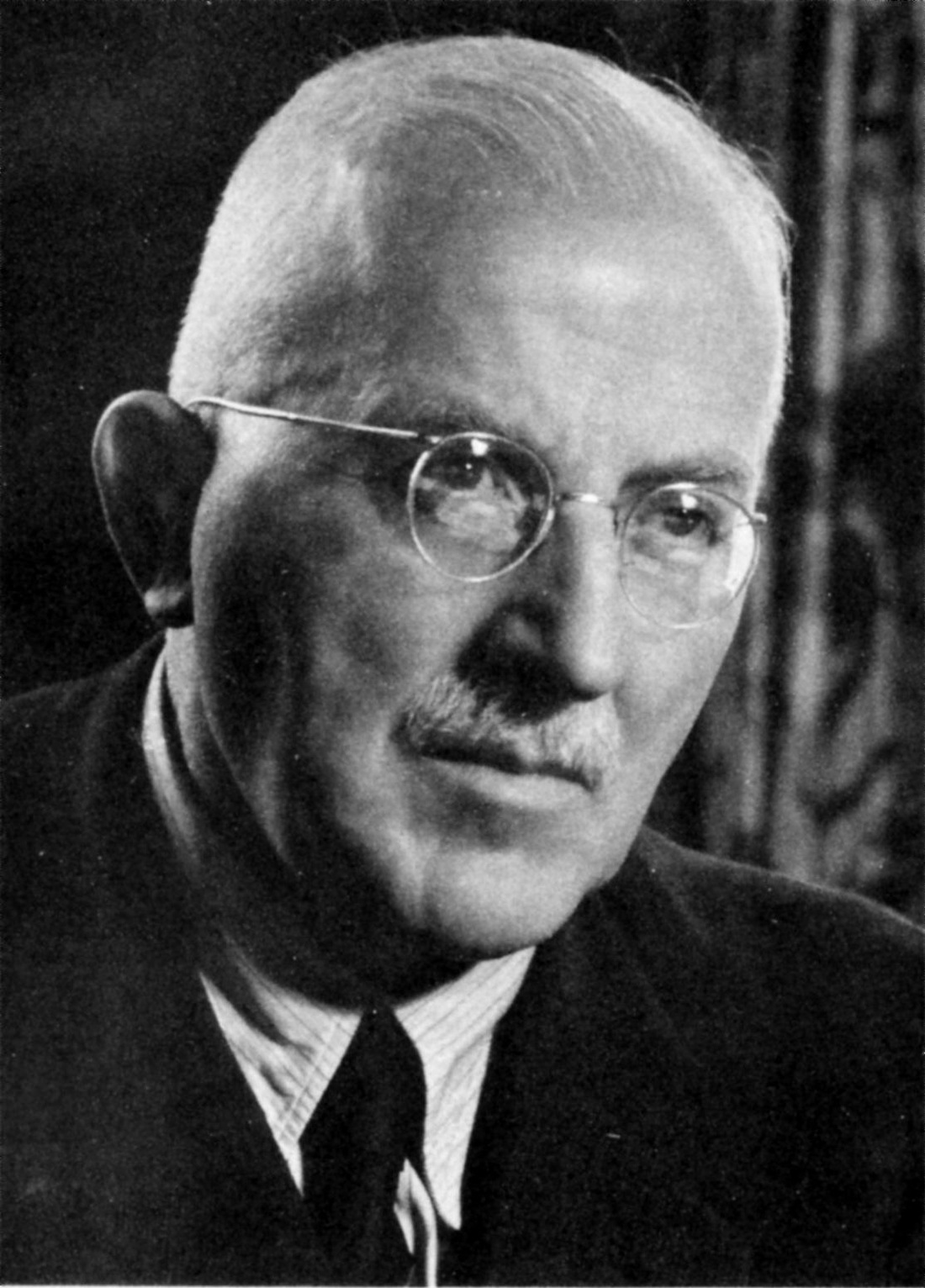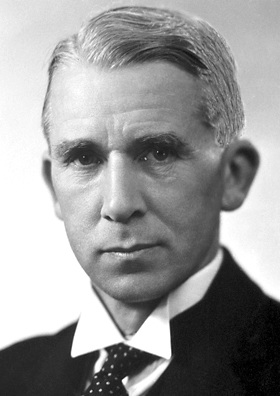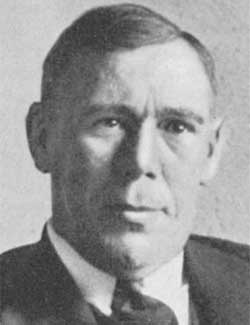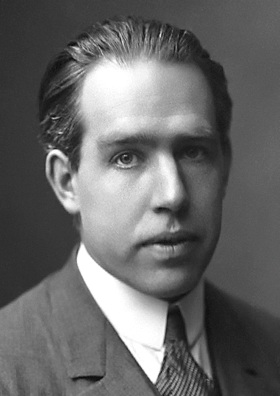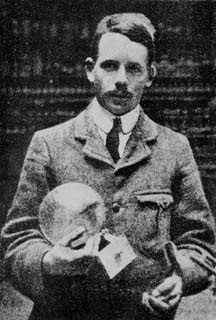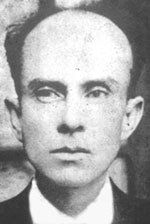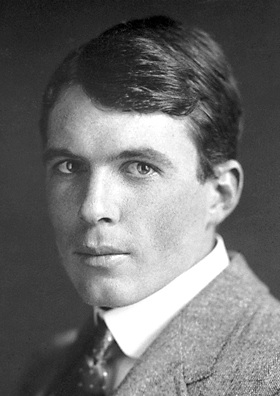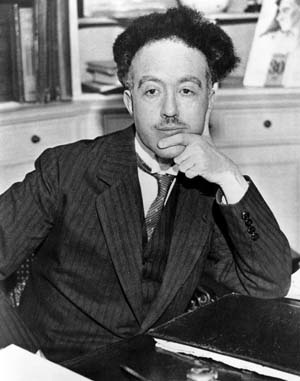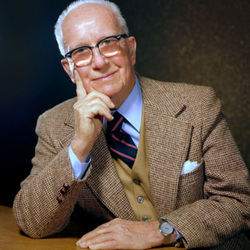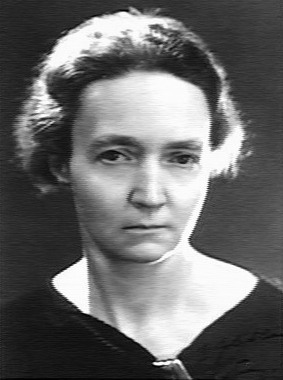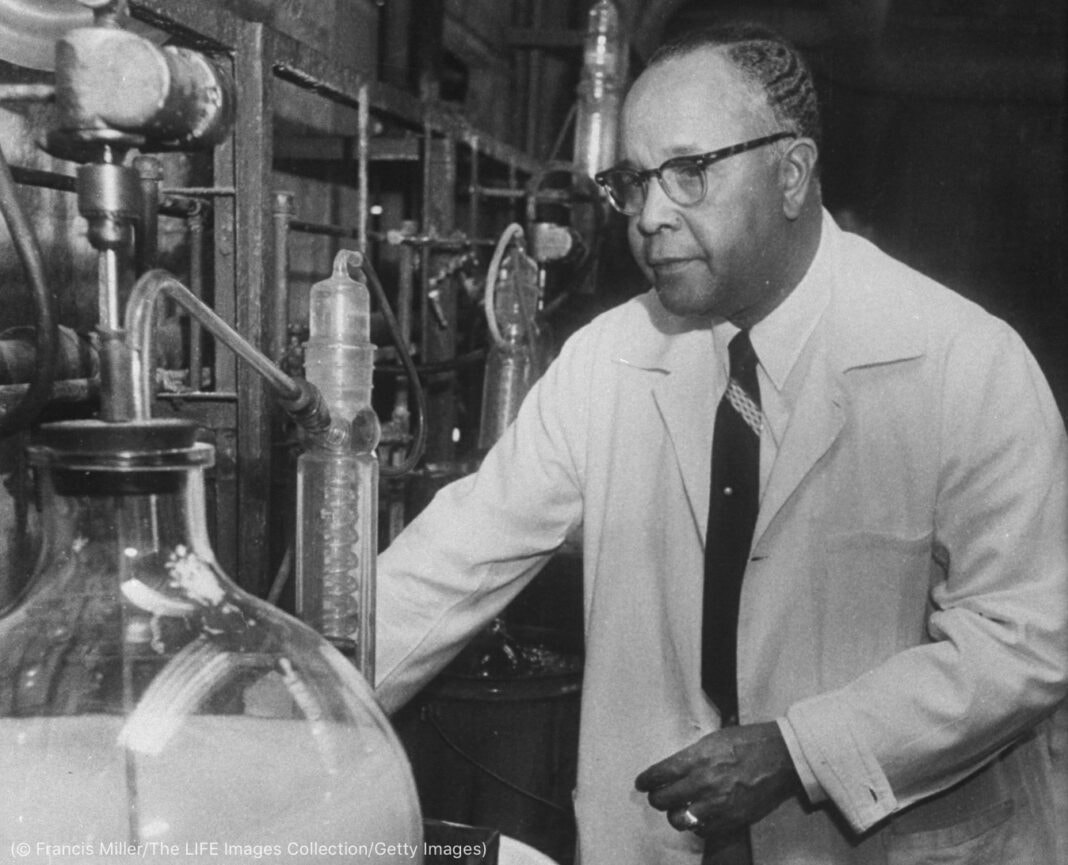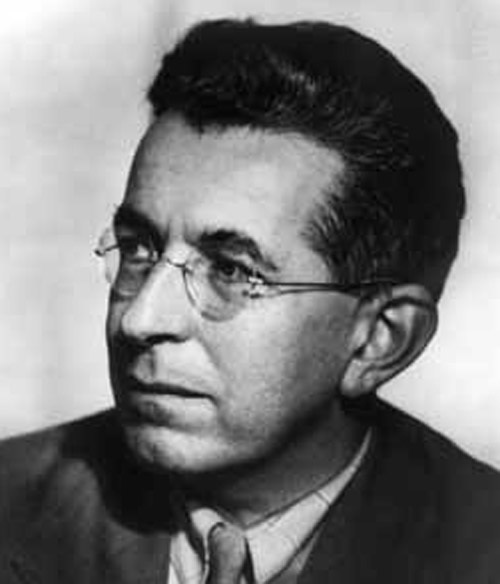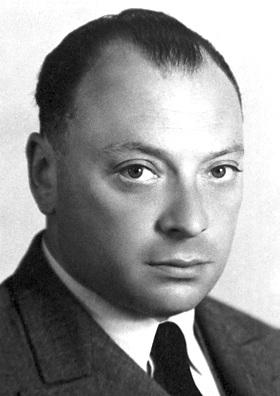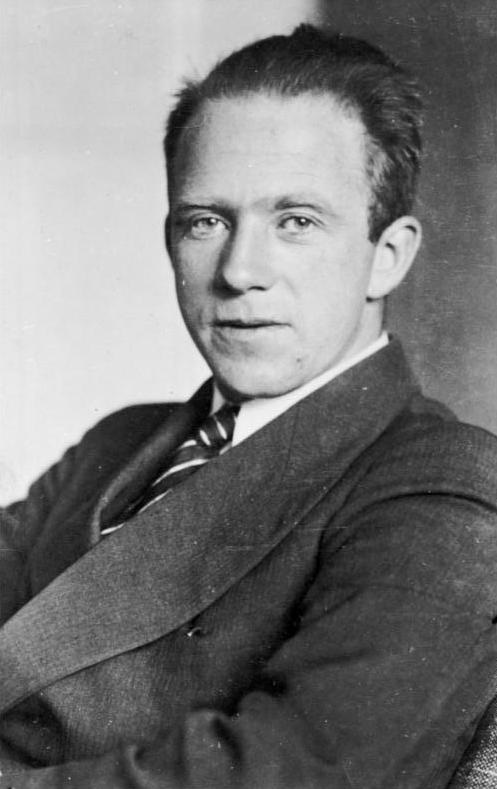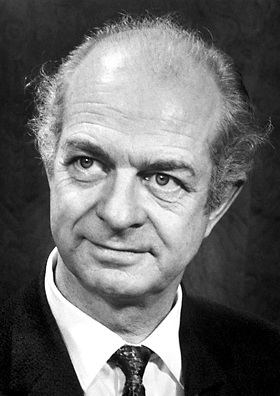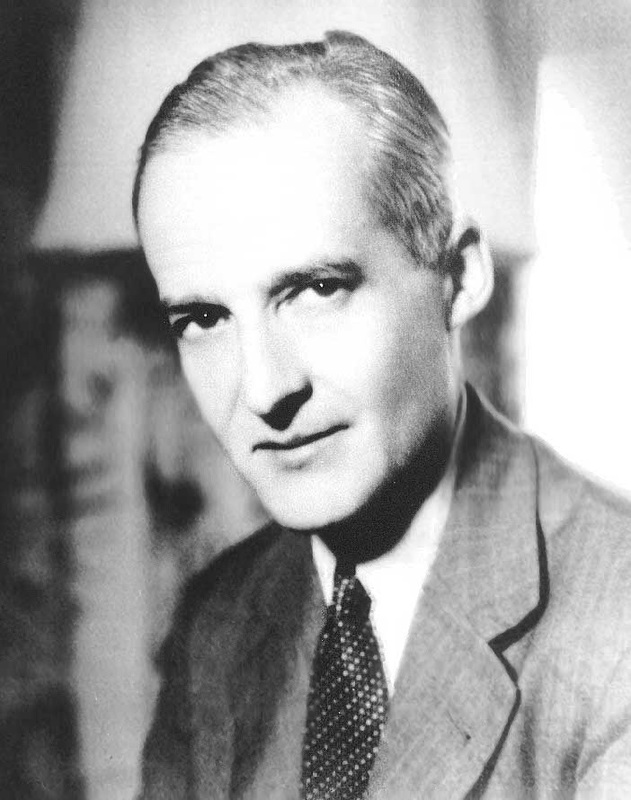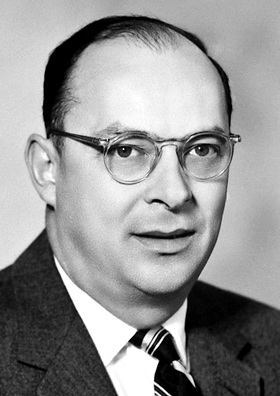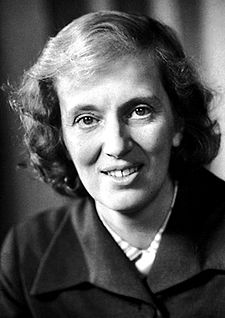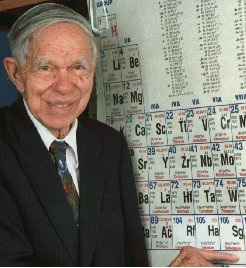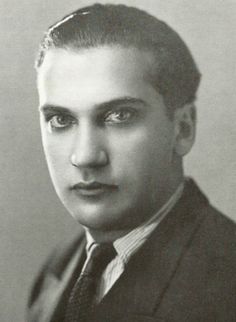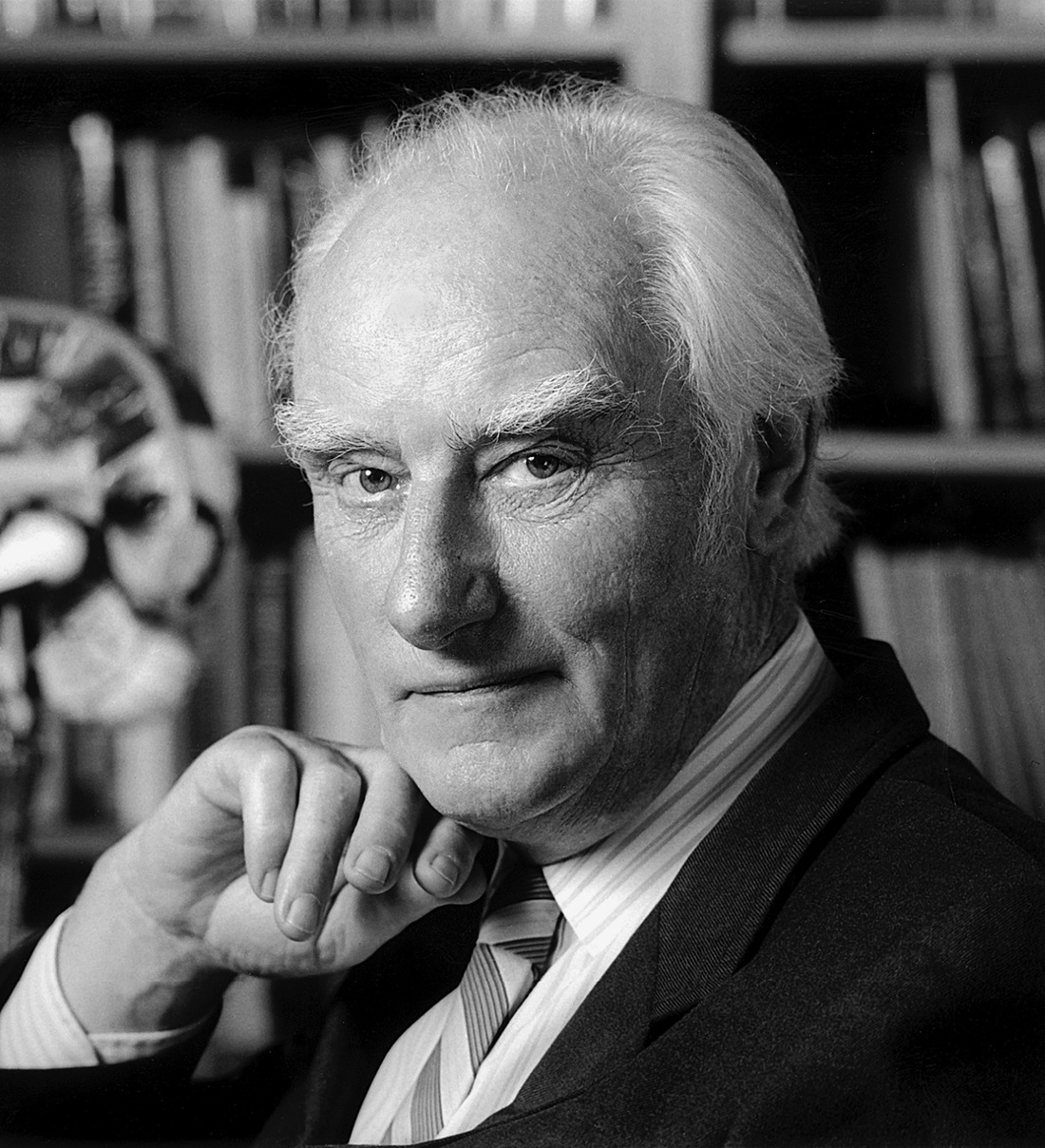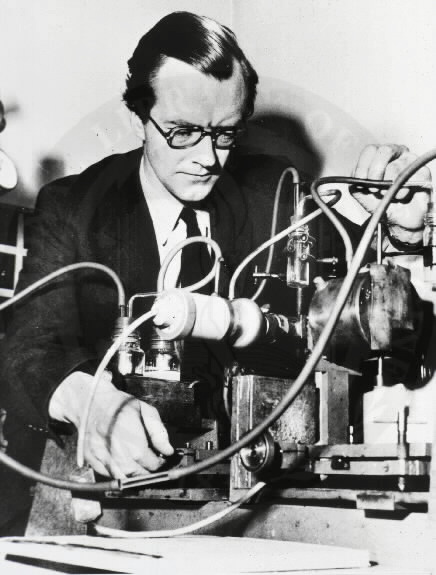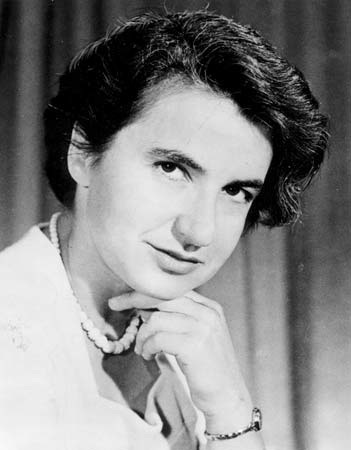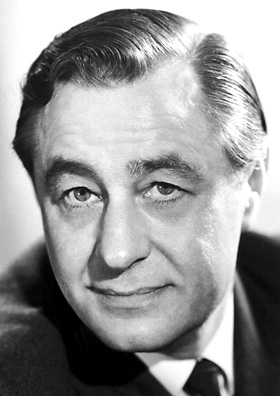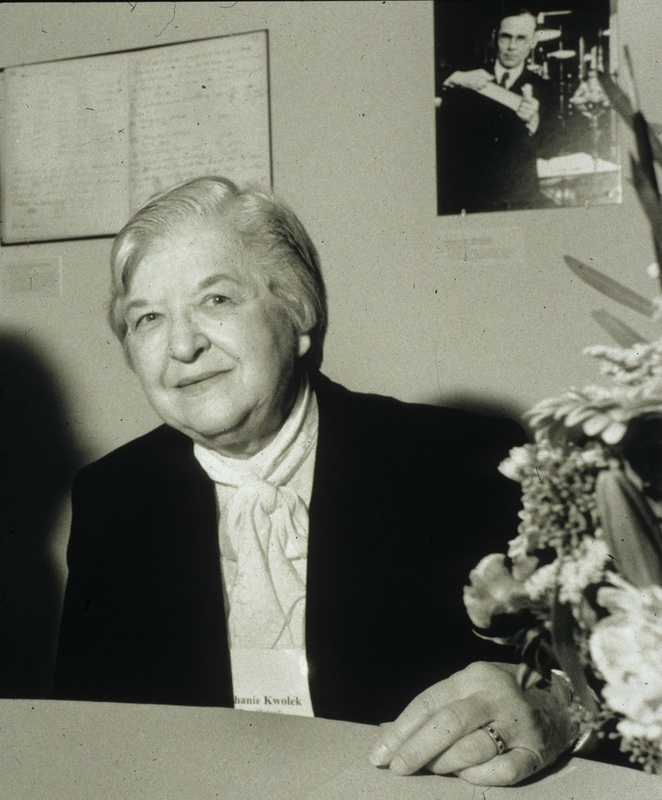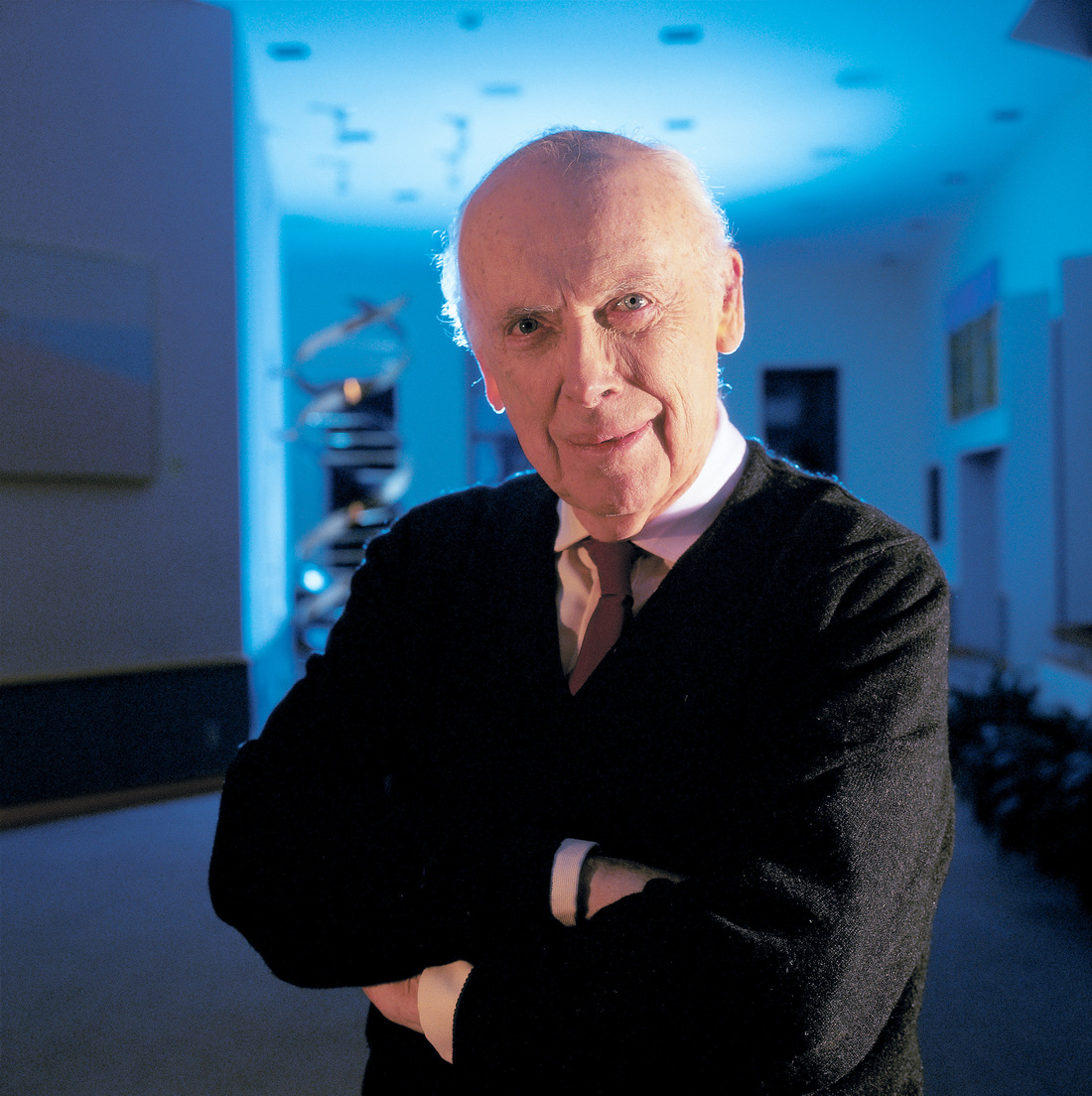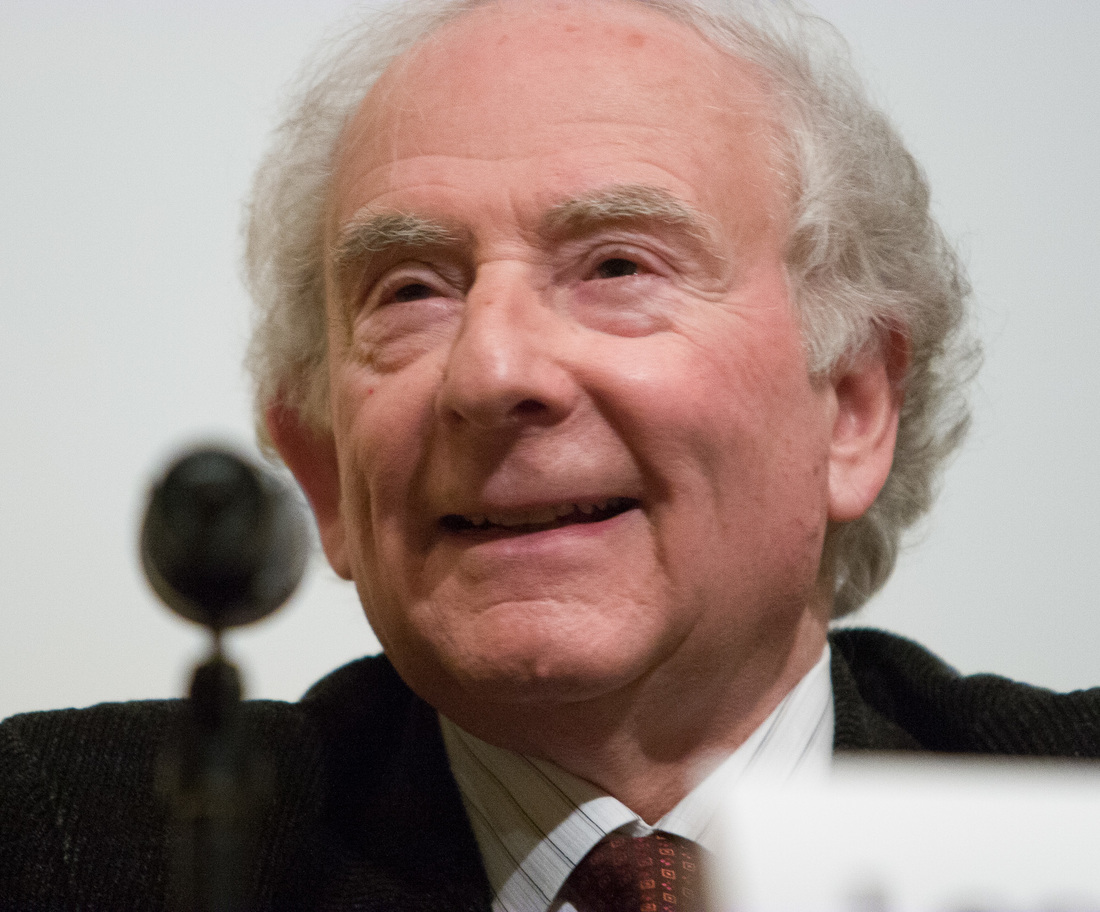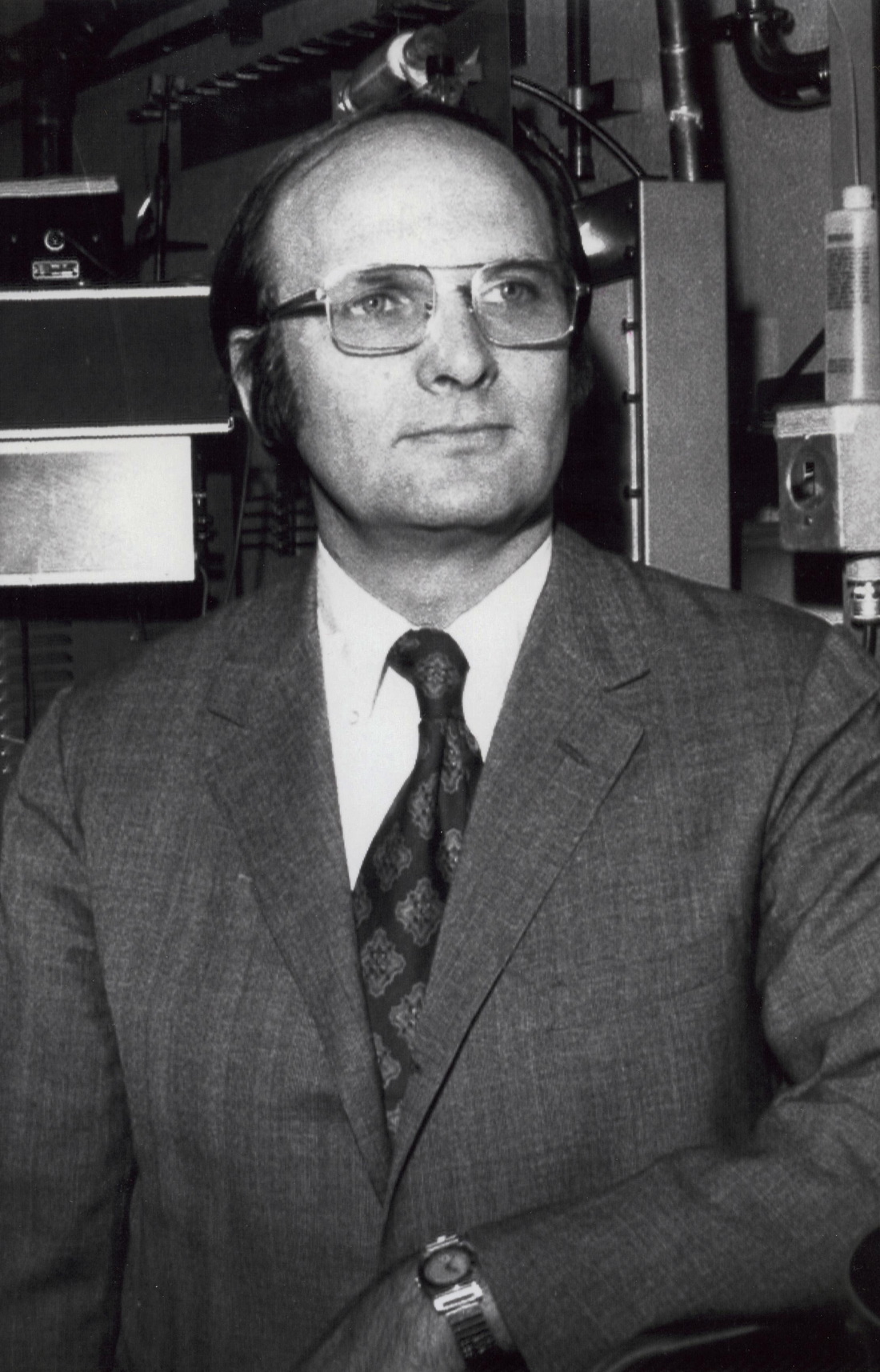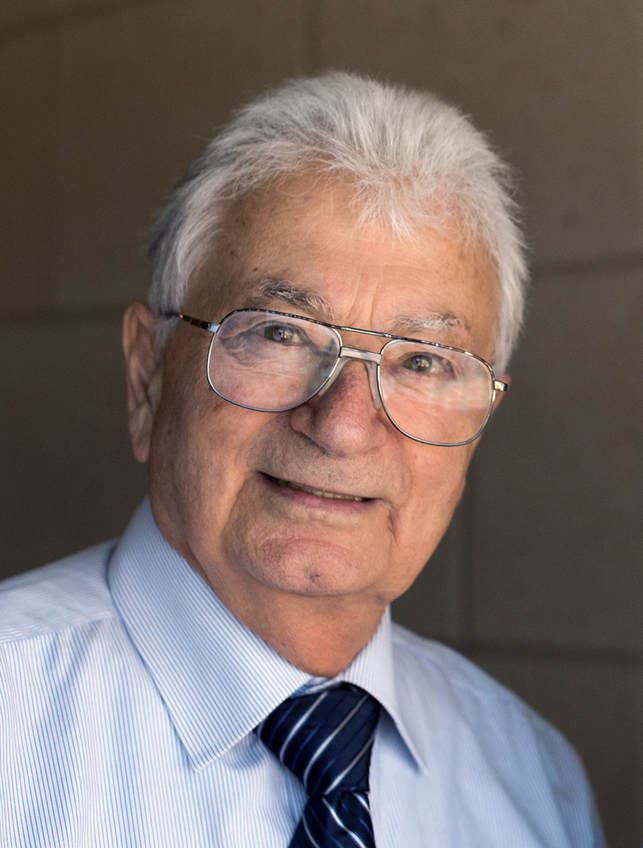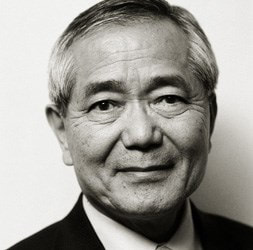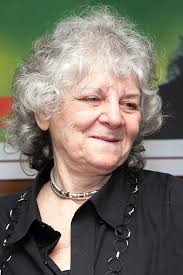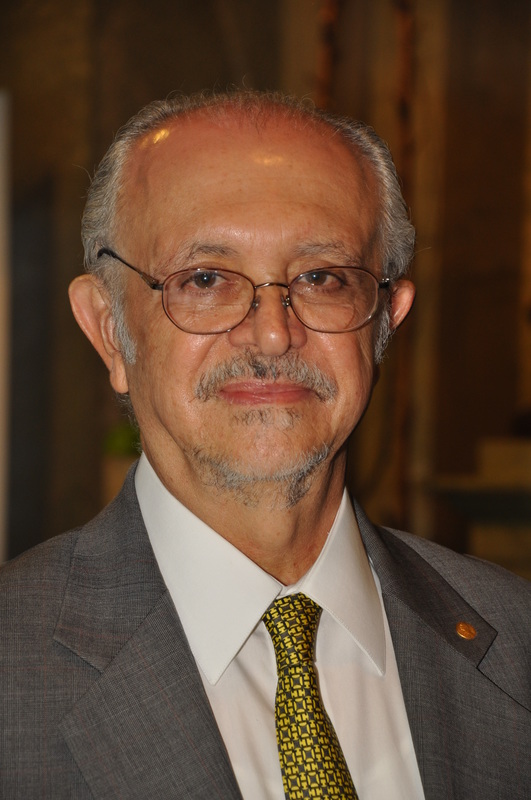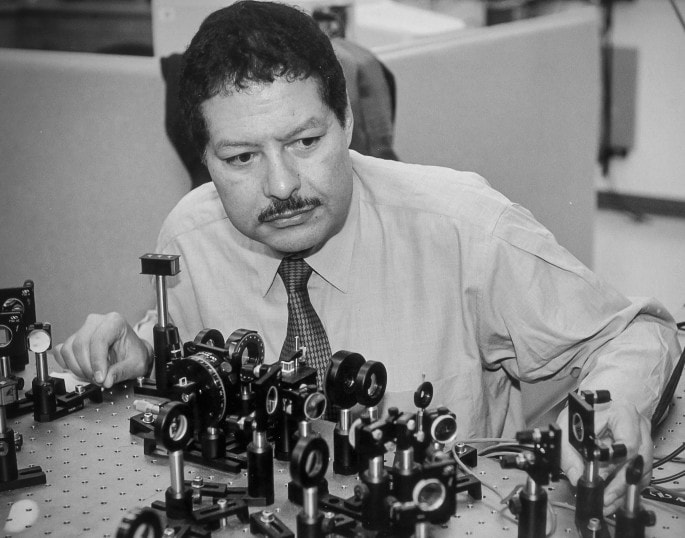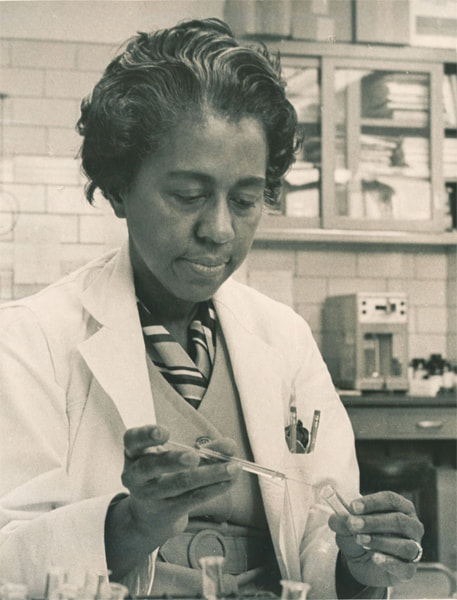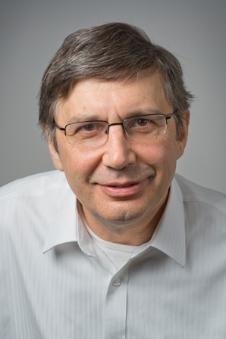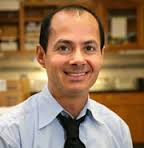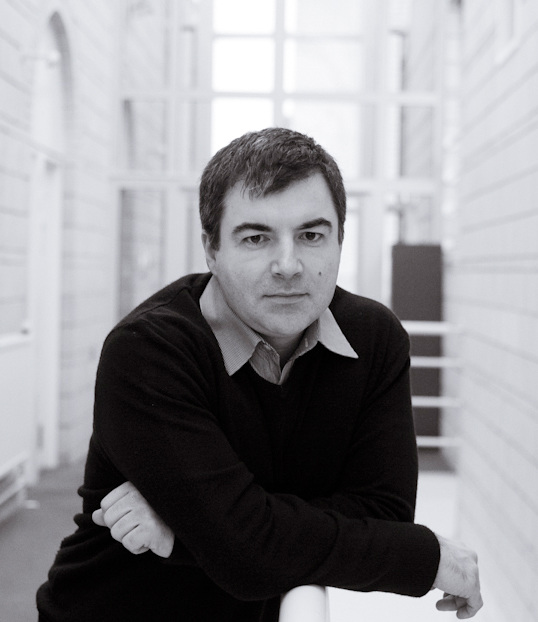Representation in Chemistry
Task: The sections below outline some of the key figures who shaped the academic field of chemistry. As you look through the resources, consider how the following factors may have impacted the representation of different groups of people:
- The economic wealth of a country.
- Access to higher education.
- Discrimination.
Chemistry's 171 Nobel Laureates
Key figures in Chemistry
Below is a list of many of the key figures who contributed to the knowledge we study in IB Chemistry. In the interest of avoiding sexism and both euro/americocentrism, suggestions of other scientists are welcome on the comment form on the Home page.
Antoine Lavoisier: 1743-1794 (French)Topic 1.1The first to realise that combustion is a chemical reaction with oxygen in air. This led to the discovery of the law of the conservation of mass.
Unfortunately he was part of an unpopular tax organisation during the French Revolution so was guillotined in 1794. |
Henry Le Chatelier: 1850-1936 (French)Topic 7.1Spent considerable time working on what is now named "the Haber process". It is interesting to consider the effect on the progress of World War II given that Haber's discovery led to the use of chemical weapons (and Le Chatelier was French so on the other side).
|
Henry Fenton: 1854-1929 (British)
Topic A.10
Invented Fenton´s reagent.
Marie Skłodowska Curie; 1867-1934 (Polish)Topic C.3Was the first woman to win the Nobel Prize and the only woman to win it twice. The 1911 Chemistry Nobel prize was awarded "in recognition of her services to the advancement of chemistry by the discovery of the elements radium and polonium, by the isolation of radium and the study of the nature and compounds of this remarkable element".
|
Clodomiro Picado Twight: 1887-1944 (Costa Rican)Topic D.2After some of his work was published in 2000, it became apparent that he may have been the first to discover the penicillium fungi that was a successful antibiotic. His records suggest that this discovery was made at least a year before Alexander Fleming.
|
Joseph Joshua Weiss: 1905-1972 (Austrian)
Topic A.10
Glenn Seaborg: 1912-1999 (American)Topic 3.1Seaborg was the principal or co-discoverer of ten elements: plutonium, americium, curium, berkelium, californium, einsteinium, fermium, mendelevium, nobelium and element 106, which, while he was still living, was named seaborgium in his honor. ("Glenn T. Seaborg", 2016)
|
